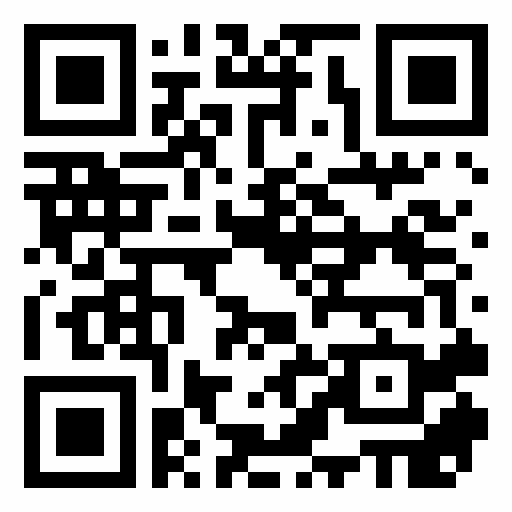We investigated the presence of Shiga toxin producing E. coli (STEC) in diarrhea patients (n=885) attending various health centers in Gulbarga as well as in fecal samples from diarrheic farm animals (n=158), ground beef (n=205), meat (n=157), sewage (n=182) and water (n=247) from ponds and bore wells. STEC was detected in 65 samples, in which detection of Stx1 & Stx2 gene was performed by polymerase chain reaction. Stx1 (n=56; 86.2%) was found to be present more frequently than Stx2 (n=7; 12.5%) and presence of both was noted in only two human stool samples (3.1%). Plasmid profiling and protein profiling by SDS-PAGE was performed on 30 and 18 of the isolated STEC strains respectively. A total of 9 different sized plasmids ranging from 1kb to 90 kb have been detected, forming about 12 different plasmid profiles in 30 SETC isolates. Plasmid profile was subjected for cluster analysis and the dendrogram developed indicated seven different clusters, the major cluster including as many as 12 isolates. Whole cell protein profiles were done for 18 STEC isolates. Seven distinguishing protein bands ranging in size from < 20 kDa to > 97.4 kDa were detected. The 66 kDa protein was found in only one isolate, while the protein of slightly less than < 97.4 kDa (n=10) was detected in maximum number of isolates. A large number of protein profiles were observed indicating a quite diversified nature of the STEC isolates. The dendrogram prepared using cluster analysis of the distinguishing proteins indicated the existence of only two closely related clusters of human and sewage isolates.
